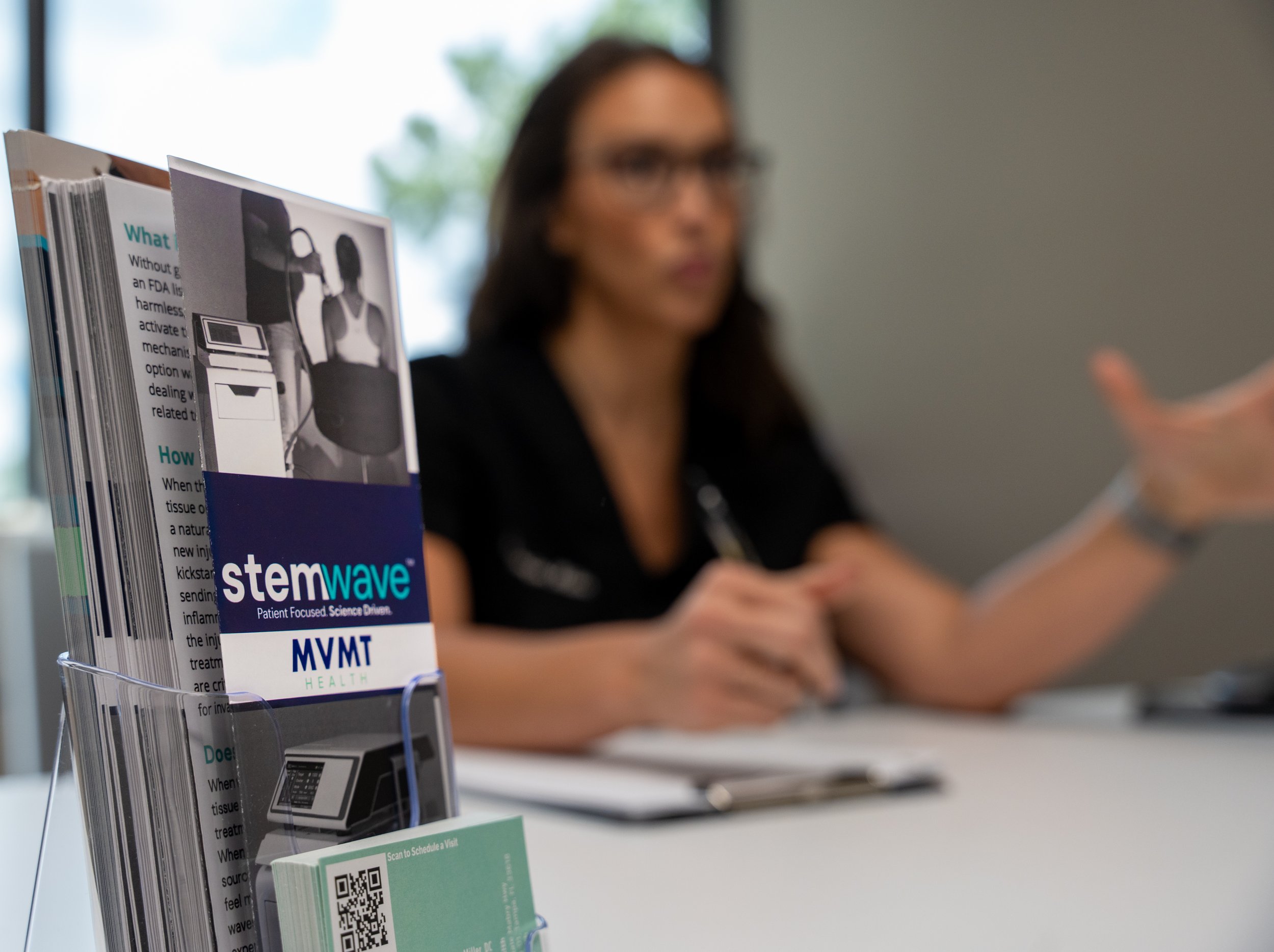Carpal Tunnel Syndrome
Carpal Tunnel Syndrome (CTS) is a medical condition that occurs when the median nerve, which runs from the forearm into the palm of the hand, becomes compressed at the wrist. This nerve passes through a narrow passageway called the carpal tunnel, which is composed of bones and ligaments.
When this tunnel narrows or the tissue around the median nerve swells, it exerts pressure on the nerve, leading to symptoms such as numbness, tingling, weakness, and pain in the hand and fingers. The discomfort might be intermittent in its early stages but can become persistent and debilitating if left untreated.
Let's dive into the top causes of carpal tunnel syndrome.
Repetitive Hand and Wrist Movements
One of the primary causes of CTS is repetitive hand and wrist movements, especially those that involve prolonged flexion and extension. Activities like typing on a keyboard, using a mouse, assembly line work, or even hobbies like knitting can lead to overuse of the wrist and hand, resulting in inflammation and compression of the median nerve.
Medical Conditions
Certain medical conditions increase the likelihood of developing CTS. Diabetes, thyroid disorders, and rheumatoid arthritis are known to contribute to the swelling and thickening of tendons or other tissues around the carpal tunnel. Fluid retention during pregnancy or menopause can also create pressure within the tunnel, heightening the risk.
Anatomical Factors
The anatomical structure of an individual’s wrist can affect their susceptibility to CTS. People with a smaller carpal tunnel are naturally at a higher risk since there is less room for nerve movement and tendon accommodation. Wrist injuries, such as fractures or dislocations, can also change the space within the carpal tunnel and lead to nerve compression.
Occupational Hazards
Due to the nature of the tasks involved, certain occupations predispose individuals to a higher likelihood of developing CTS. Jobs that require heavy use of vibrating tools, prolonged use of hand-operated tools, or performing tasks in extreme wrist positions are particularly risky. Examples include construction workers, assembly line operators, and musicians.

Shockwave therapy is emerging as a viable non-invasive treatment option for Carpal Tunnel Syndrome. This therapy uses acoustic waves to target and stimulate the affected area, promoting healing and reducing symptoms. Here’s how it works:
Shockwave therapy involves delivering high-energy sound waves to the tissues through a specialized device. These waves penetrate the tissues and create microtrauma, which stimulates the body’s natural healing processes. Microtrauma increases blood circulation and promotes the formation of new blood vessels, enhancing nutrient and oxygen supply to the affected area.
Let's Take the First Step Together
At MVMT Health, we're passionate about helping people overcome chronic pain and enjoy a better quality of life. Don't let low back pain dictate your life any longer. We invite you to schedule a discovery visit with our team. Let's figure out the best way forward together because you deserve a life free from pain.
Contact MVMT Health today, and let's say goodbye to low back pain once and for all!


